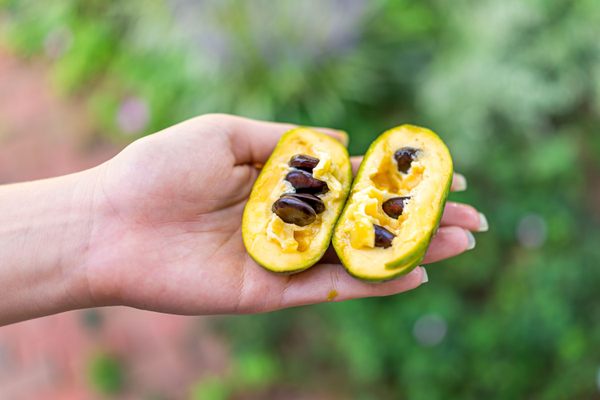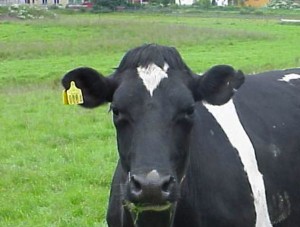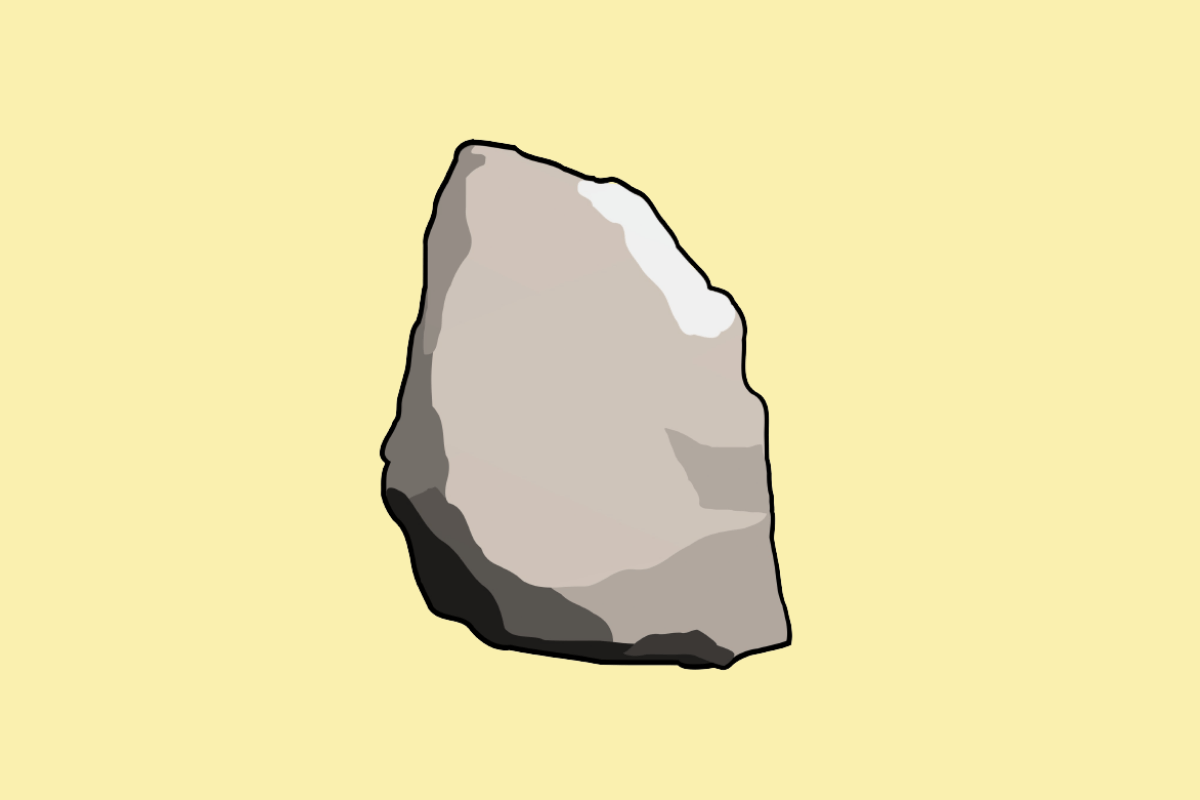
Foraging for America’s Forgotten Fruit
This article is adapted from the September 21, 2024, edition of Gastro Obscura’s Favorite Things newsletter. You can sign up here.
Last weekend, I found myself walking along a shaded trail in Lancaster, Pennsylvania. A breeze blew from the Susquehanna River through the teardrop-shaped leaves that dangled overhead. As the wind shook the branches, I heard a dull thump. A pawpaw had fallen.
I ran over to the source of the sound and found a pastel-green orb. Its skin had split slightly from impact, revealing bright-orange pulp inside. “I don’t think this one will keep for taking home,” I told my partner. This might’ve been true, but I was really just giving myself permission to peel the skin back and take a bite.
As I sucked the juice from around the seeds—taking in a tropical flavor at a crossroads between banana, mango, and durian—and let the pulp’s custard-like texture settle on my tongue, I couldn’t believe this fruit was native to the United States. It reminded me of its cousins, soursop and cherimoya, fruits that grow in the tropical regions of Central and South America.
The pawpaw is North America’s largest native edible fruit. Archaeological evidence shows that megafauna like giant sloths enjoyed them 56 million years ago. Later, the Iroquois, who called it hadi’ot, used it as an ingredient in sauces and corn cakes. And African Americans fleeing slavery relied on its sweet flesh to fuel their journeys through Southern forests.


















